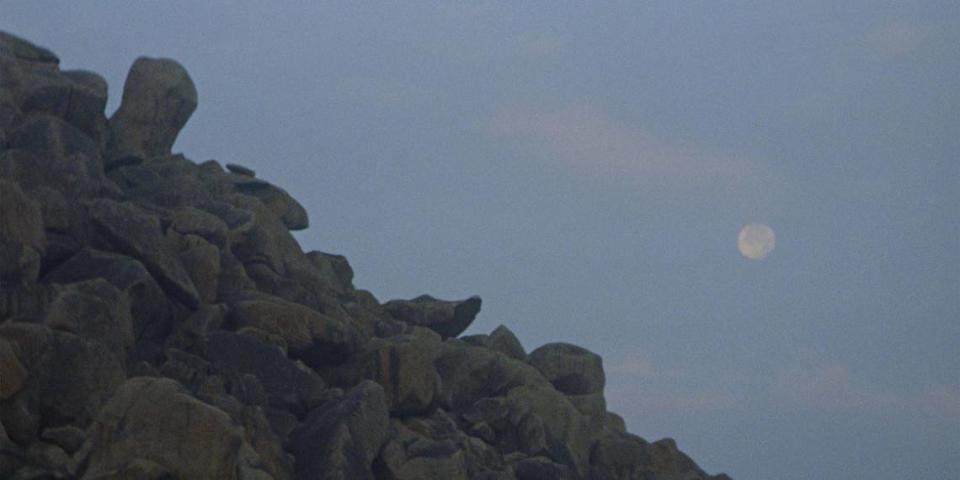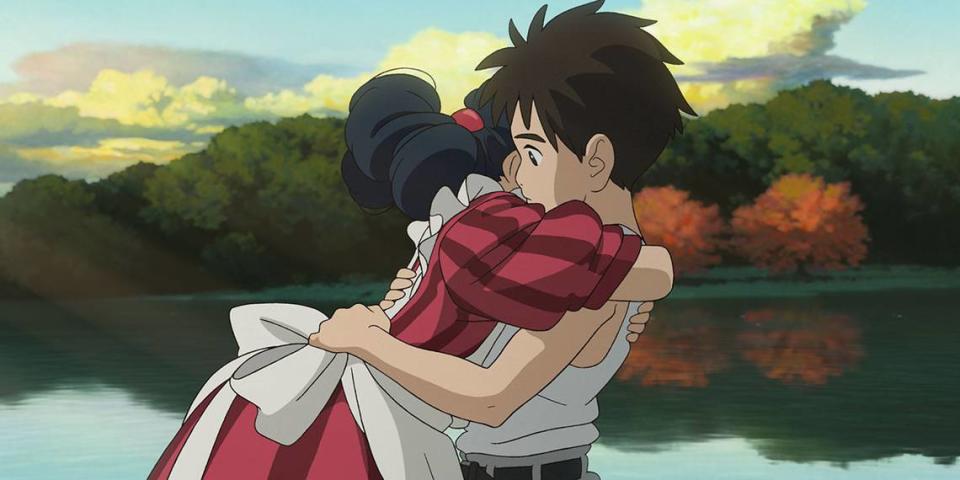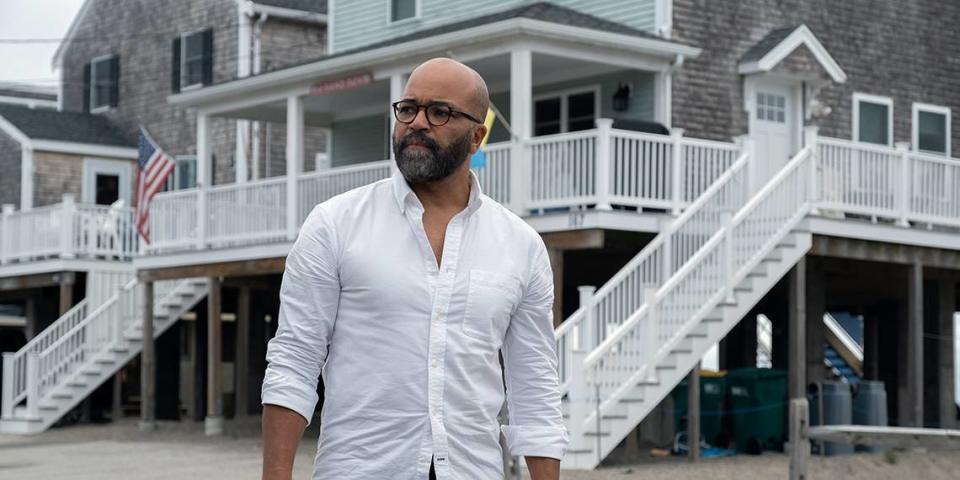Toronto International Film Festival provides an oasis for movie fans yet again
Erupting from King Street with music, food and joy, the Toronto International Film Festival (TIFF) feels pure to the mission in front of it: a love for the movies. There isn’t the decadence of Cannes, the unpolished charm of Sundance or the demanded reverence of Berlin.
Toronto feels of the people (even giving their most distinguished award away as the People’s Choice) and from screening to screening, it oozes with passion for film.
It’s an odd experience for me. This is my sixth year covering the festival for my podcast, Cinematary (fifth on the ground due to the COVID-19 pandemic), and I feel both at home and distant in this annual destination. Ask me if I’ve seen the sights — the usual tourist fares — of the city and I haven’t.
But I feel very much at home when I arrive. A lot of the thrill of the trip is becoming a Toronto resident for a few days. For me, that means utilizing the labyrinths of public transit — I won’t stop chattering if you ask me about the subways — partaking in the wide variety of cuisine and killing time in a park between screenings.

The festival, or at least for press, oscillates between the TIFF Bell Lightbox theater and the Scotiabank Cinemas, a large multiplex with 12 screens. More prestigious presentations usually happen at the Princess of Wales Theater, which also houses the red carpet, and the Roy Thomson Hall, which calls the Toronto Symphony Orchestra home.
I can’t get enough of the TIFF Lightbox, a perfectly-sized oasis of cinema that feels both large, because of the scale of the showings, but small compared to the formulaic edges of a multiplex.
A personal favorite that happens yearly at the Lightbox is the Wavelengths program. Still feeling like a novice to the world of experimental film, this avant-garde program (which consists of blocks of short films along with feature-length ones) has helped to expand my appreciation for movies.
It’s a reminder that it’s sometimes just about the experience rather than whether or not you “got it” or felt some resolution at the end. This year’s blocks of shorts were no different than previous years in how they engage the audience on levels that can be endearing and exciting, but also grating and questioning your sanity. I mean, at least one made me nauseous.

But then there’s something like “NYC RGB,” directed by Viktoria Schmid and featuring scenes of New York City shot on film and a tad over-exposed to really allow the reds, greens and blues to pop.
Cars almost blend together in a ghost-like state as Schmid films them going through intersections and maneuvering through the city. The colors and film grain generate feelings of nostalgia, as if you’re seeing a New York from the films of “Rear Window,” “News From Home” or “West Side Story” rather than its modern day monoculture of advertisements and grays.

On the flip side, there’s “Slow Shift” by director Shambhavi Kaul, which transports you to a World Heritage site in Hampi, India, that is overrun by langur monkeys. Here, past and present collide, and the key is letting your mind wander as you watch the animals mingle with one another and bounce from ruin to ruin. What magic did this place hold before as people bustled to and fro, the entire world for a large group of folks at one time. Now, it’s hidden in the wilderness and inhabited by nature.
Time stops for no one, and in the end, we’ll be engulfed by nature.
The special part of public screenings
Public screenings at TIFF are a wholly different experience than press and industry showings, which can take on a more business-like approach as East and West Coast media outlets hurry to scribble a review down for their live coverage.
You experience more of what makes TIFF special when at the public screenings. For the most part, they’re occupied by real appreciators of film, and not that one man who needs to make a loud comment about what’s happening every 45 seconds.
One of my most anticipated titles of the festival was the latest (and what many thought would be the final) film of famed Japanese animation directed Hayao Miyazaki. It was one of those joyous public screenings as fans of “Spirited Away,” “My Neighbor Totoro,” and “Princess Mononoke” funneled into the Roy Thomson Hall to catch what was one of three screenings of the North American premiere of “The Boy and the Heron.”

Retitled from the direct Japanese translation of the original title, “How Do We Live?” “The Boy and the Heron” follows Mahito, a young boy who is moved to the country when his father remarries.
As one might expect from a Miyazaki film, Mahito encounters magical elements upon his arrival and is pulled towards a mysterious tower that has been abandoned for generations. Aided by a gray heron, Mahito journeys into a series of dream-like worlds as he tries to find the core of this magical realm.
I’ve long been an admirer of Miyazaki. And while my initial impression of “The Boy and the Heron” on a story level didn’t rise to the highest of heights for the director, there’s no denying the magnificent world-building, visuals and powerful score by his longtime collaborator Joe Hisaishi.
The film sweeps you into equal parts nostalgia, as you experience a new world with remnants of previous adventures with the director, and a reflection on a long, storied career that has inspired millions.
I’m sure this will be a hit for many when it comes to theaters in early December.
Surprise me at TIFF
TIFF also is an opportunity for surprises, such as this year’s title, “American Fiction,” which is written and directed by a new voice, Cord Jefferson.
He’s best known for his writing credits, such as “Succession,” “The Good Place” and “Watchmen,” but Jefferson shows a knack for films in this first effort. Jeffery Wright stars as Monk Ellison, a writer who sees his career stall a bit as his latest book is deemed “not Black enough” by various publishers.
Ellison loves to toss a punch back and decides to write a book so offensively filled with every Black stereotype that he feels white people, specifically white liberals, would eat up. Once they reject it, he’ll have a laugh and that’ll be it. But instead of a rejection, he receives the biggest advance of his career.

Working in a similar register to “Bamboozled” or “Sorry to Bother You,” Jefferson’s satire forgoes the aesthetic embellishment of those films for a more understated approach. The satire is placed between a melodrama story about Monk and his family, which follows in line with the writer’s exasperation to tell stories about Black folks that aren’t just crime, violence and slavery.
I’ll be curious to see how the film is received later this year, but expect a release by MGM and Amazon Studios.
TIFF always promises returns from old favorites and ignitions of new ones, and this year was no different. There’s something consuming to be among others who value the moviegoing experience, and I’m refilled annually with hope for the medium each year I attend.
More arts coverage
Want to see more stories like this? Sign up here for our free “Inside Charlotte Arts” newsletter: charlotteobserver.com/newsletters. You can join our Facebook group, “Inside Charlotte Arts,” by going here: facebook.com/groups/insidecharlottearts. And all of our Fall Arts Guide 2023 stories are here: charlotteobserver.com/topics/charlotte-fall-arts-guide


